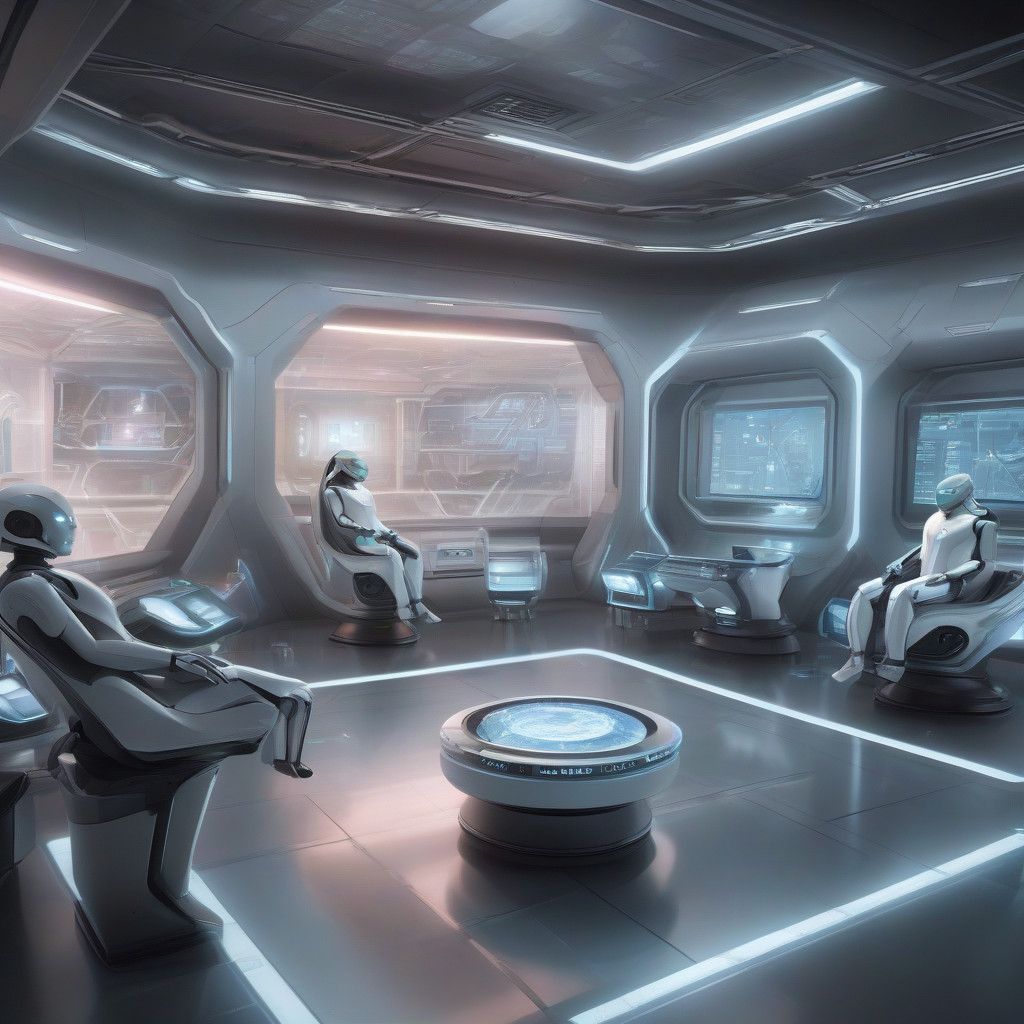Elon Musk’s xAI has recently launched Colossus, the world’s most powerful AI training system, signaling a groundbreaking leap in artificial intelligence capabilities. Developed in collaboration with Nvidia, this high-performance system features an impressive 100,000 H100 GPUs, a configuration expected to double in size to 200,000 GPUs within months. This expansion will not only enhance its training power but also underline xAI’s commitment to advancing AI technologies that could reshape industries and everyday life.
Colossus is already setting a benchmark against existing systems, such as those developed by OpenAI, which relies on approximately 80,000 GPUs. The rapid deployment timeline of just 122 days from conception to functioning system has drawn attention from industry experts, who view this as a significant achievement for xAI and a testament to Musk’s ambitious vision of AI development. The sheer scale and speed at which Colossus has been implemented are impressive, signaling the potential for dramatic advancements in AI research capabilities.
The core of Colossus’s strength lies in its collaboration with Nvidia, a leader in semiconductor technologies. Their cutting-edge H200 chips are crucial for powering this colossal AI training system, offering not only unparalleled performance but also impressive gains in energy efficiency. Nvidia’s ecosystem can handle massive data workloads, making it an ideal partner for xAI as they push the boundaries of what AI can accomplish.
Many observers in the tech industry have lauded this development as a crucial milestone for AI technology. Experts foresee implications not just for machine learning and data analysis but also for sectors ranging from healthcare to automotive and finance. By achieving such advanced capabilities, Colossus is positioned to accelerate innovation and push the boundaries of what’s possible in AI applications.
Musk’s ambitions in the AI landscape do not stop with Colossus. He has publicly stated intentions to develop a supercomputer capable of advanced capabilities by 2025. This plan reflects his long-term vision for AI, where powerful systems can address complex global challenges while ensuring that advancements are made responsibly. Musk has also voiced support for regulatory frameworks intended to guide ethical AI development, emphasizing the importance of balancing rapid progress with public safety.
The excitement around Colossus is palpable, as Musk and the xAI team shared their achievement through social media, noting that the system is now the largest GPU supercomputer in existence. This development not only advances xAI’s technological stature but also reinforces Nvidia’s reputation as a leading provider of high-performance computing solutions. As Musk himself mentioned on Twitter, the collaboration has delivered an accelerated computing platform that promises breakthrough performance alongside significant energy savings.
In conclusion, the unveiling of Colossus marks a pivotal moment in the evolution of artificial intelligence. With groundbreaking advancements in processing power facilitated by Nvidia’s technology and Musk’s forward-thinking leadership, xAI is poised to shape the future of AI applications across various domains. As these technologies develop, the potential impacts on industries and the world economy could be profound, heralding a new era of innovation fueled by powerful AI systems. Stakeholders across sectors will undoubtedly monitor the trajectories of both xAI and Colossus closely, eager to grasp the opportunities and challenges that lie ahead.












